2025 NFL Draft Trends That Will Shape the 2026 Rankings
The 2025 NFL Draft brought a fresh approach to scouting, with teams placing greater emphasis on versatility in positions like wide receiver and quarterback. As attention shifts to the 2026 class, it’s clear that this draft has reshaped the strategy for future selections.
Teams Prioritize Wide Receivers
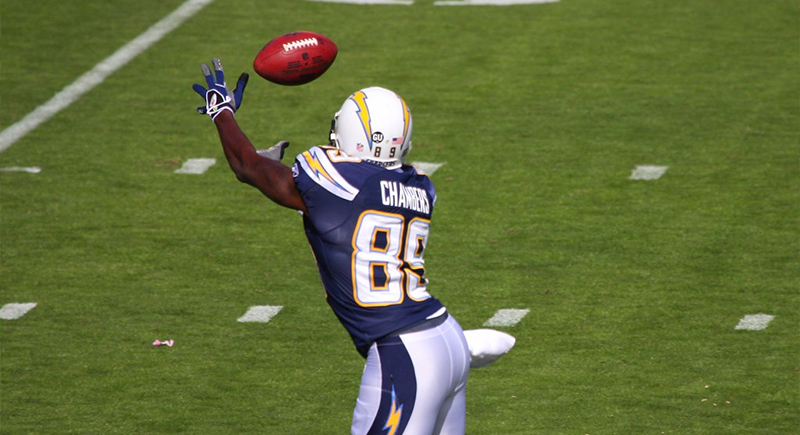
Credit: flickr
In 2025, teams with stalled aerial attacks charged into the NFL Draft like it was a wide receiver clearance sale. The New England Patriots, buried under a league-low 9.5% explosive pass rate, snapped up Ja’Lynn Polk in round two. The Giants, barely faring better, snagged Malik Nabers with the sixth pick.
Strong-Armed QBs Now Preferred
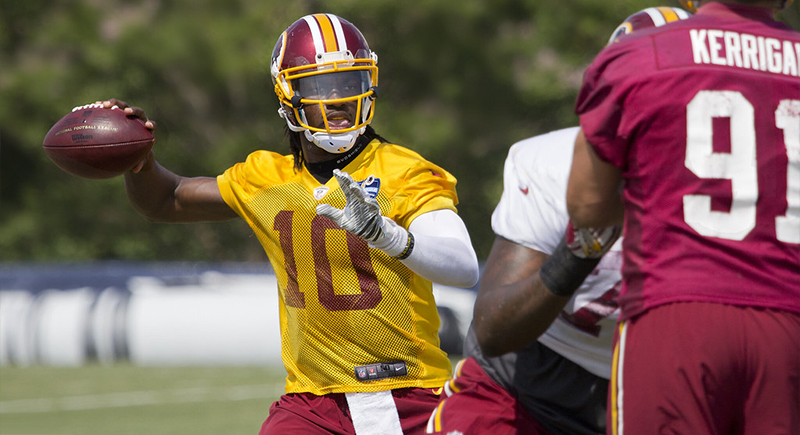
Credit: flickr
Every top-20 quarterback had hands that spanned at least 9 inches, and only one measured below 6 feet. Cam Ward checked every box—6’2 “, strong hands, smooth under pressure, and dangerous on the run. The modern quarterback is part sprinter and part point guard, and teams are done waiting for statues to evolve.
Agility Valued in Running Backs
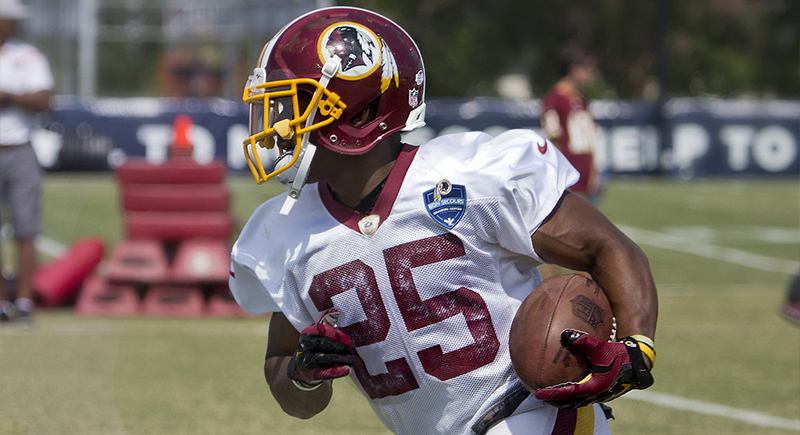
Credit: flickr
The draft clearly focused on compact players with serious acceleration. TreVeyon Henderson, at 5’10 “and 202 pounds, ran a 4.43 in the 40-yard dash. RJ Harvey, slightly shorter at 5’8” and 205 pounds, was just a tick faster at 4.4 seconds.
Long Wingspans Overtake Height Preferences
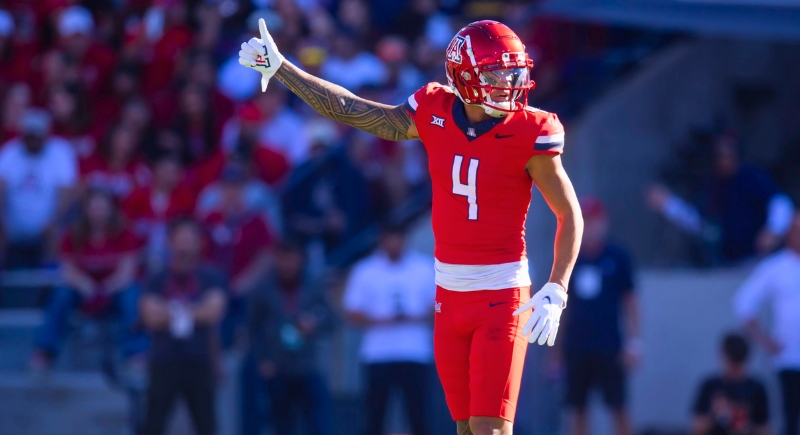
Credit: X
Teams looked past just height and locked in on wide receivers with long, functional wingspans—specifically, anything over 76.5 inches. Tetairoa McMillan measured at 78 inches, while Jayden Higgins came in above 80, giving quarterbacks more room to place the ball in tight spots. This shift in focus rewards receivers who can get to passes others simply can’t.
Defensive Speed Prevents Big Plays
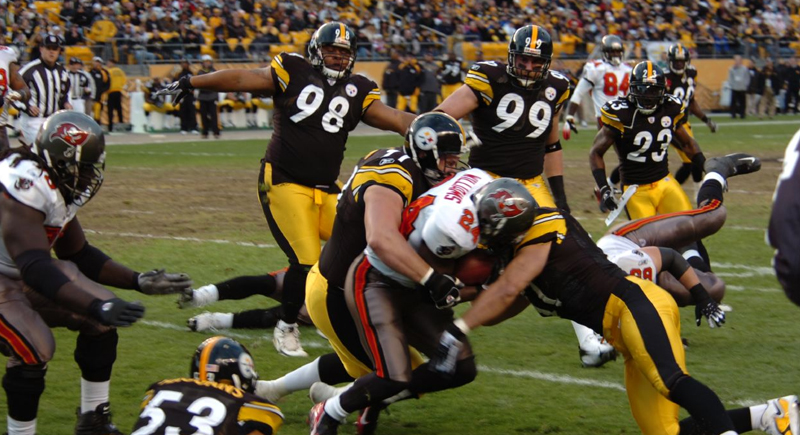
Credit: Wikimedia Commons
Some defensive stats haunt teams into the offseason, and giving up chunk plays is at the top of the list. The Buffalo Bills, torched far too often by 15+ yard completions, made a statement with Maxwell Hairston. He clocked a blazing 4.28 at the Combine and brought just the closing speed their secondary was missing. Fast, physical, and ready to erase space in seconds.
Versatile, Athletic Tight Ends Favored

Credit: flickr
The towering tight end is no longer the default blueprint. The 2025 NFL Draft made that clear as none of the top 26 prospects cracked 6-foot-7. Instead, teams gravitated toward tight ends who move like wideouts and think like slot receivers. The player needs to fit into a faster, more flexible system.
Frame Importance for Offensive Line
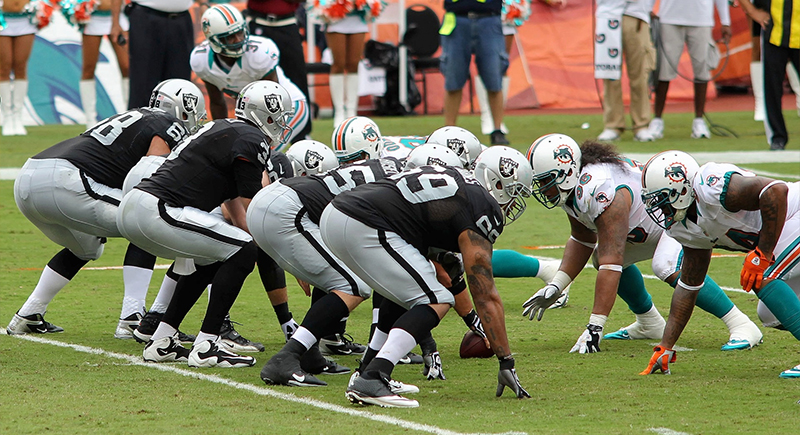
Credit: Wikimedia Commons
Long arms also beat long legs at the line of scrimmage. Wingspans now carry serious weight in evaluations. Missouri’s Armand Membou stood out with an 82-inch wingspan, using that reach to lock down some of the fastest edge rushers in college football despite standing “only” 6’4″. Even Marcus Bryant, scooped up in the seventh round, earned attention for his 34⅝-inch arms.
Overall Player Speed Shapes Rosters
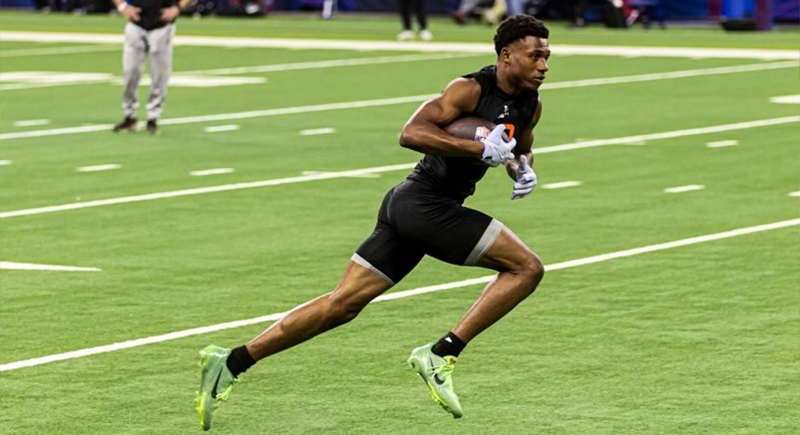
Credit: Instagram
Arian Smith hit 4.36 in the 40-yard dash at 179 pounds, and KeAndre Lambert-Smith followed with a 4.3 at 190—two of the most evident signs that speed shapes roster decisions more than ever. That mindset carried over across the board. The Seattle Seahawks assembled a draft class with an average athleticism score 91, the highest since 2003.
Positional Versatility Increasingly Important
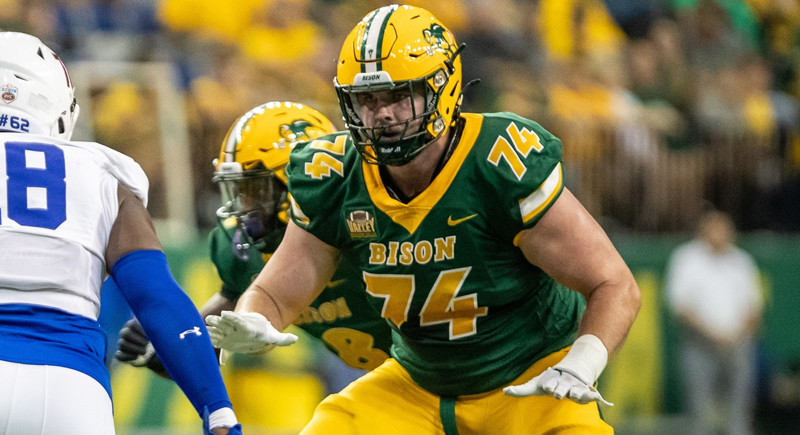
Credit: Instagram
Versatility also came into focus. Grey Zabel from North Dakota State, measuring 6’6″ and 315 pounds, turned heads with his ability to switch roles across the line without losing a step. Tyler Booker, at 6’5″, 321 pounds, and Donovan Jackson, at 6’4″, 315 pounds, fit the mold perfectly too.
Long-Reach Edge Rushers Preferred
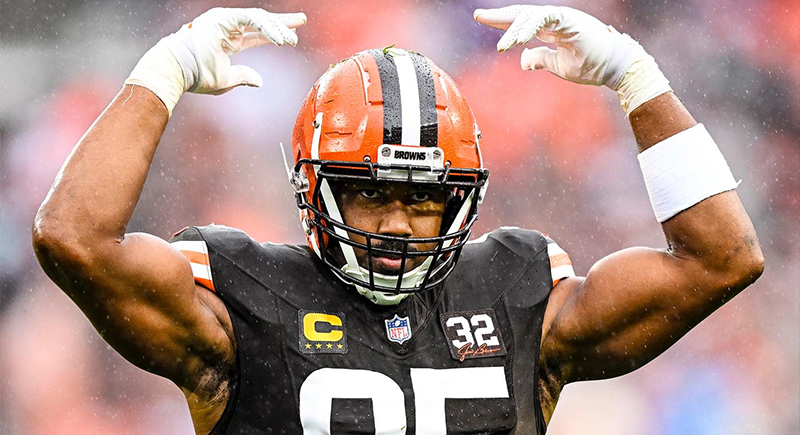
Credit: Instagram
Edge rushers aren’t quite the towering giants they once were, but they’re still built above the norm, with just enough height to stay dangerous and more than enough reach to make an impact. Most top-edge prospects hovered just above 6-foot-3, noticeably leaner than past generations but still taller than the average player on the field.
Footwork Vital for Defensive Tackles
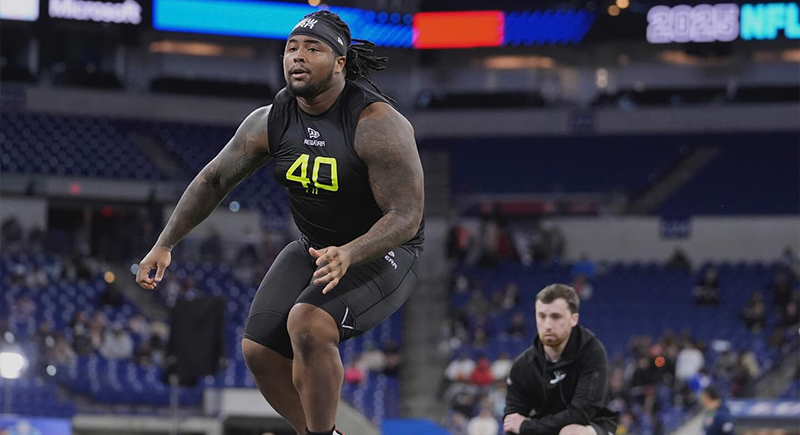
Credit: Instagram
Size still matters, but mobility can’t be compromised. Tyleik Williams, drafted 28th by the Lions, brought a different kind of presence—334 pounds with the agility to stay active throughout a play. His frame helped against the run, but his footwork made him more than just a body in the middle.
QBs Hold the Ball Longer, Shorter Throw Angles
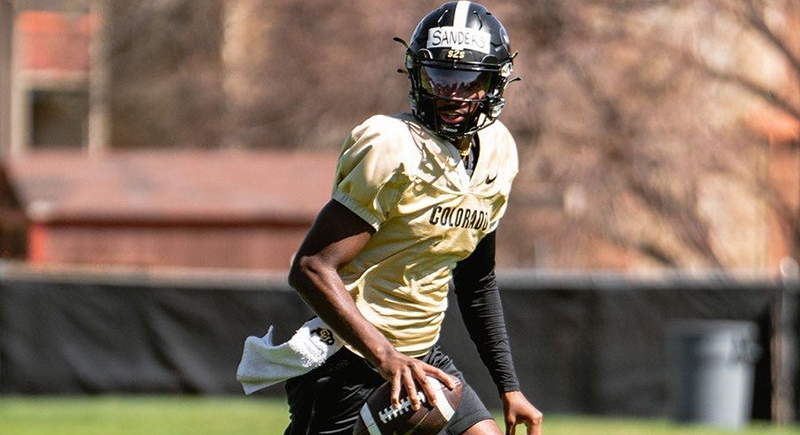
Credit: Instagram
Quarterbacks are rewriting the tempo, holding the ball longer but dialing back the launch angle. Shedeur Sanders, with a 2.83-second average time to throw, showed patience under pressure yet kept his air yards per attempt at a steady 8.7. The focus is on managing downs, moving the chains, and avoiding unnecessary risks.
Linebackers Need Hybrid Safety Skills
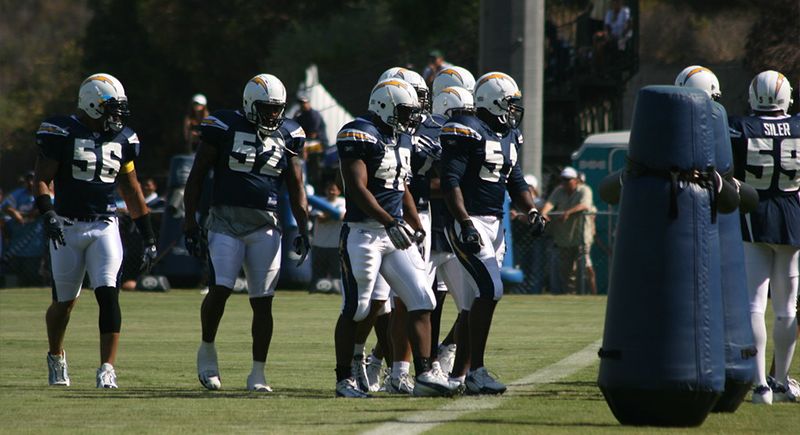
Credit: flickr
Linebackers need the range to function like hybrid safeties without sacrificing physicality—a detail essential for handling coverage responsibilities and limiting space across the middle. As offenses continue to spread the field and get faster, defenses adjust by finding players who can stay connected to multiple roles without needing a size advantage.
Coverage Skills Paramount for Cornerbacks
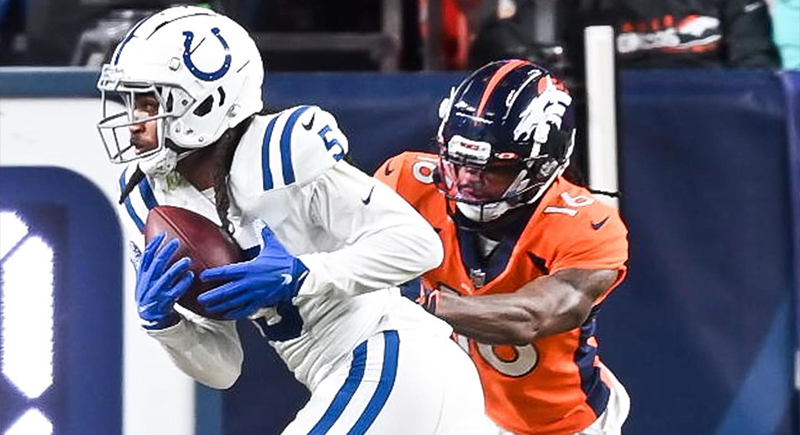
Credit: Instagram
Cornerbacks used to be prized for size and reach—now it’s all about who can turn, sprint, and stick like glue. Offenses are built on rhythm and quick separation, and corners must match that tempo step for step. That’s why traits like burst, balance, and clean footwork are at the top of every scout’s checklist.
Instinct Over Size Gains Importance
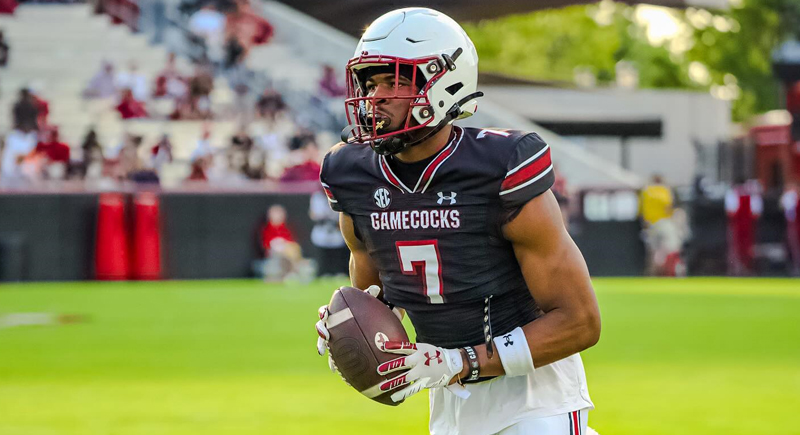
Credit: Instagram
Some teams still leaned on the classic prototype, like Malaki Starks at 6’1″, 205 pounds, and Nick Emmanwori at 6’3″, 220 pounds. But the real intrigue came from how willing front offices were to bet on instincts over inches. Rayuan Lane III, taken by the Jaguars in the sixth, didn’t match the usual size benchmarks, but he read offenses like a seasoned pro and held his own in coverage.